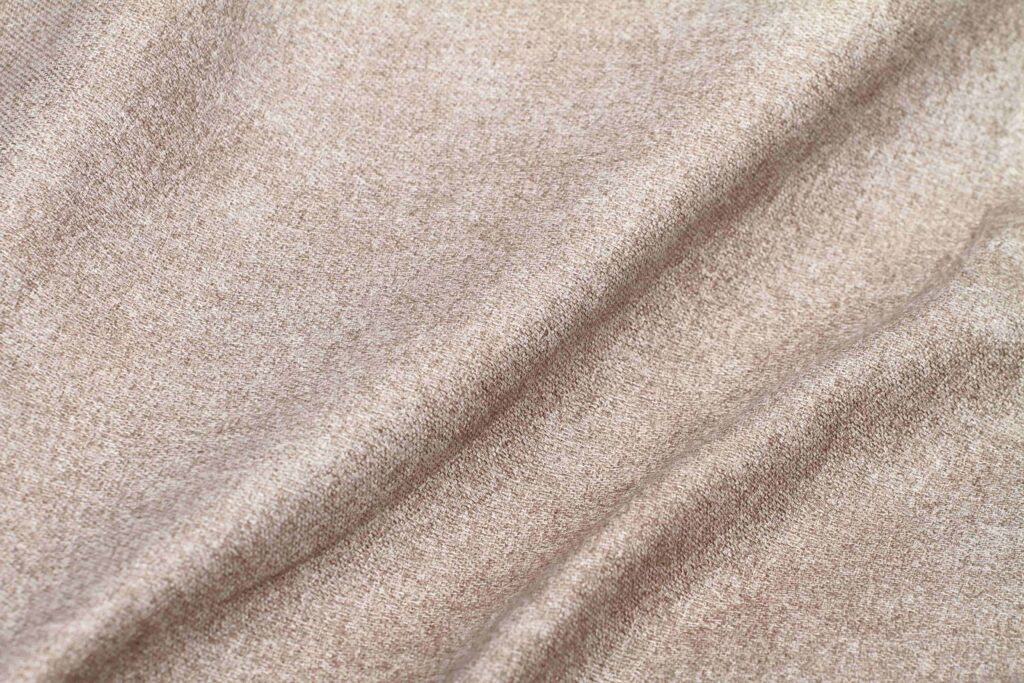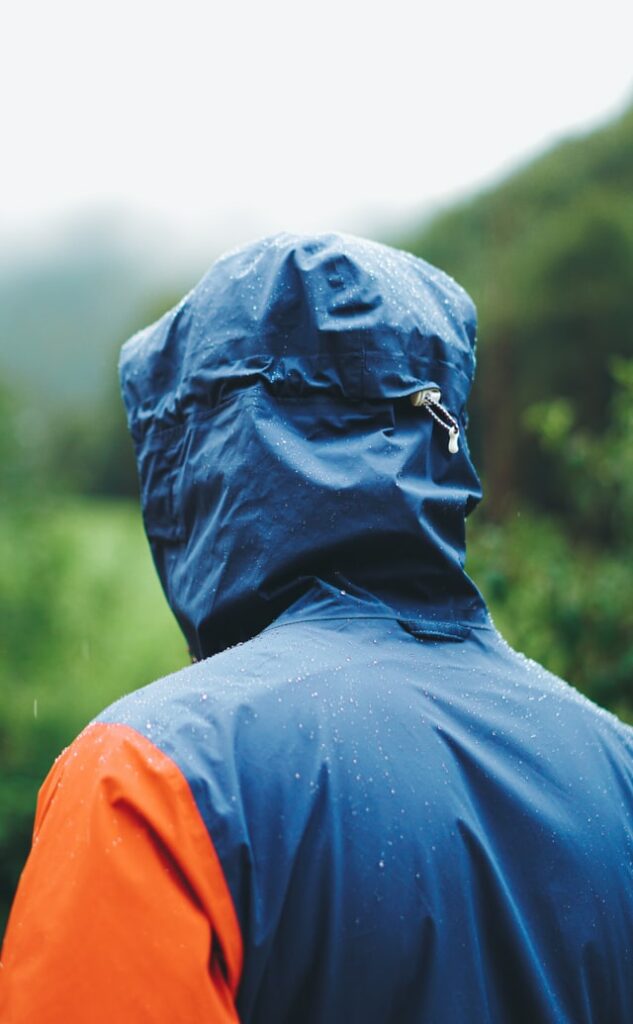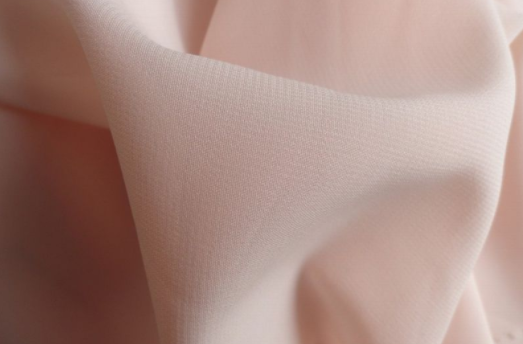What is peachskin fabric?
Table of Contents Add a header to begin generating the table of contents Origin of the name of peachskin fabric Peachskin fabric, also known as peach skin cloth, is a kind of suede fabric whose appearance, touch and vision are similar to peach skin. This is a kind of thin sanding pile fabric made of […]
What is peachskin fabric? Read More »



